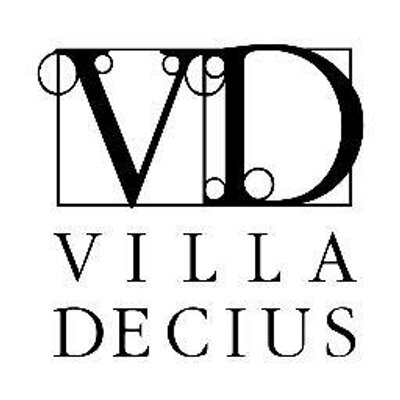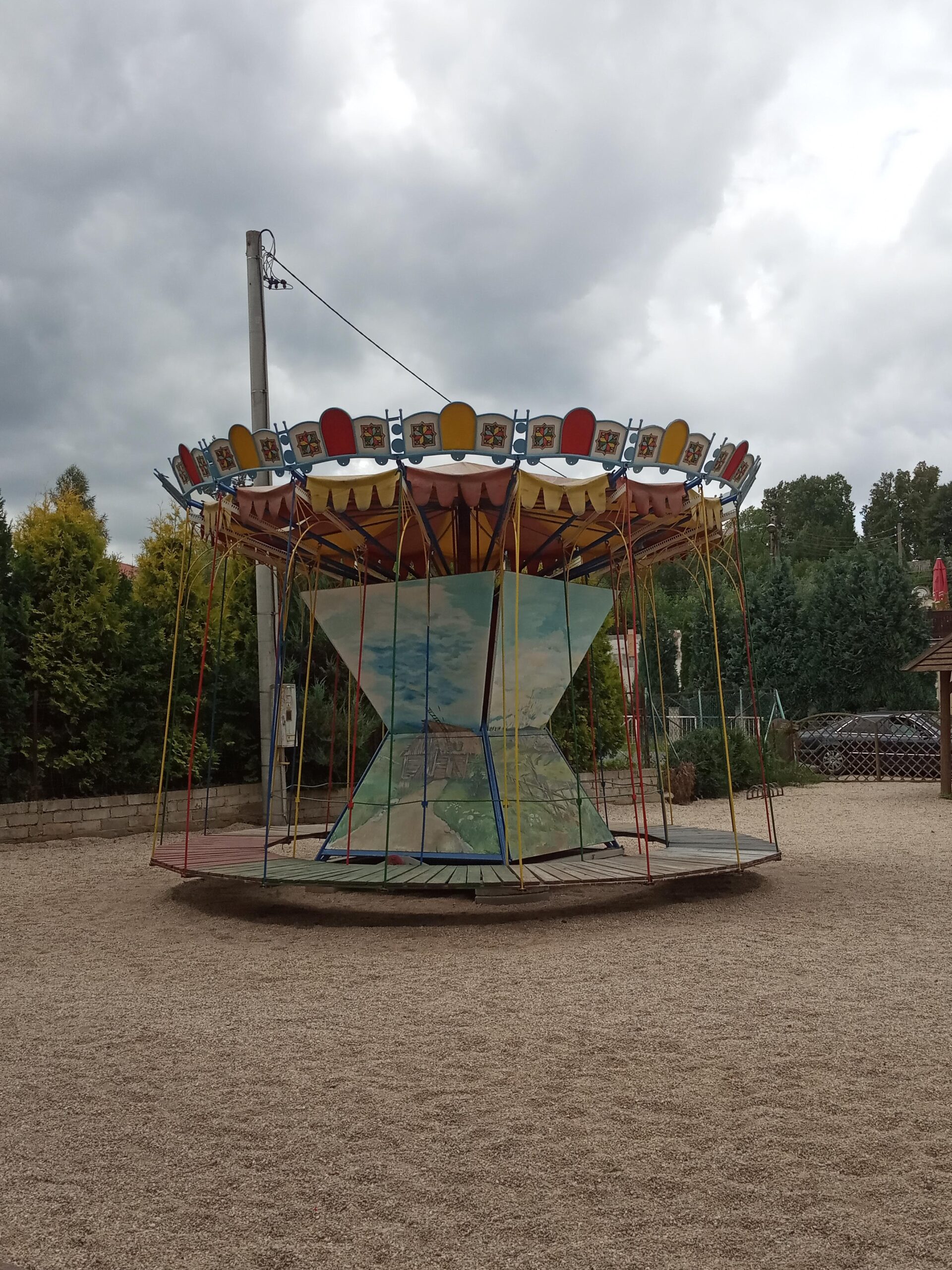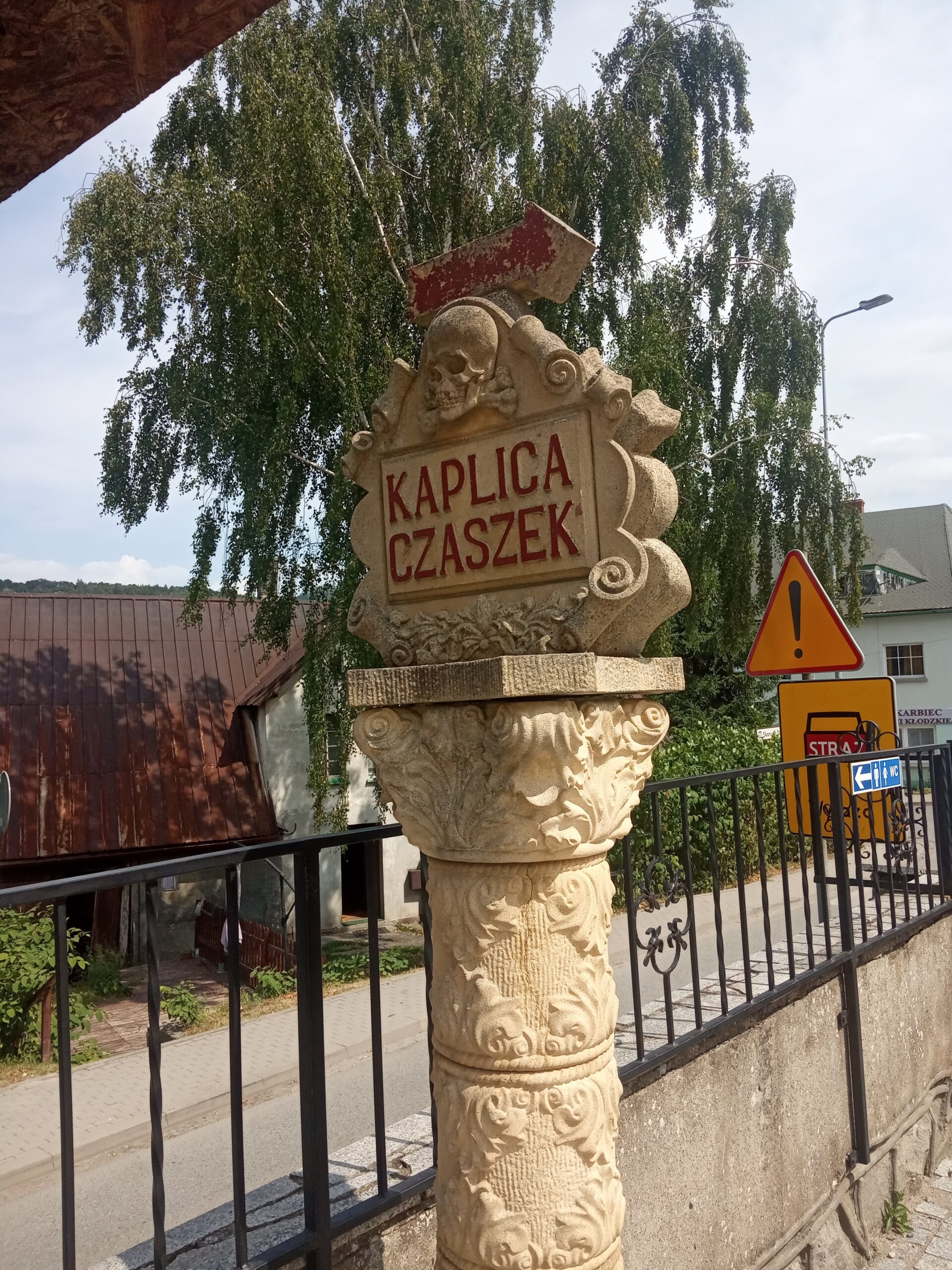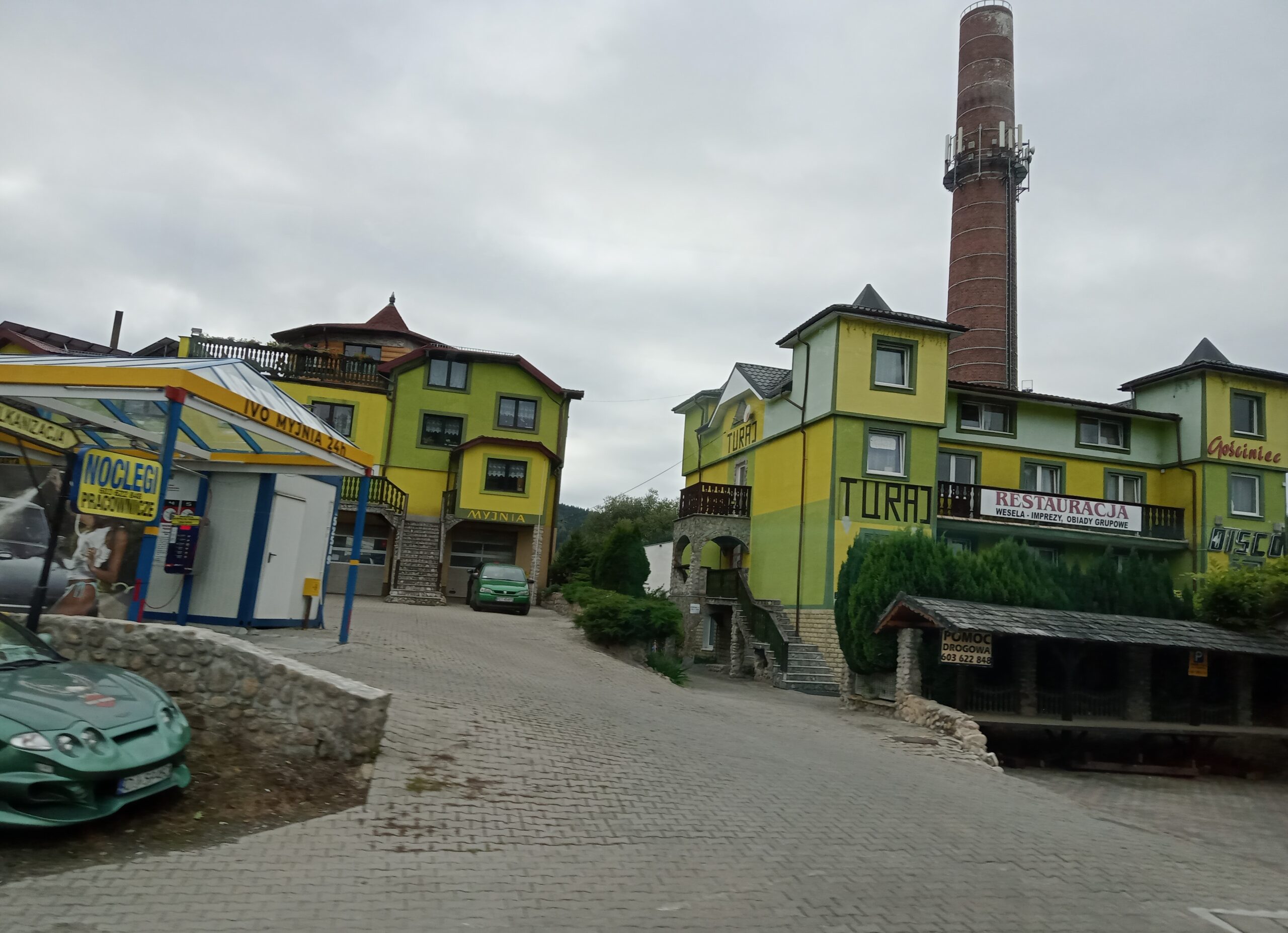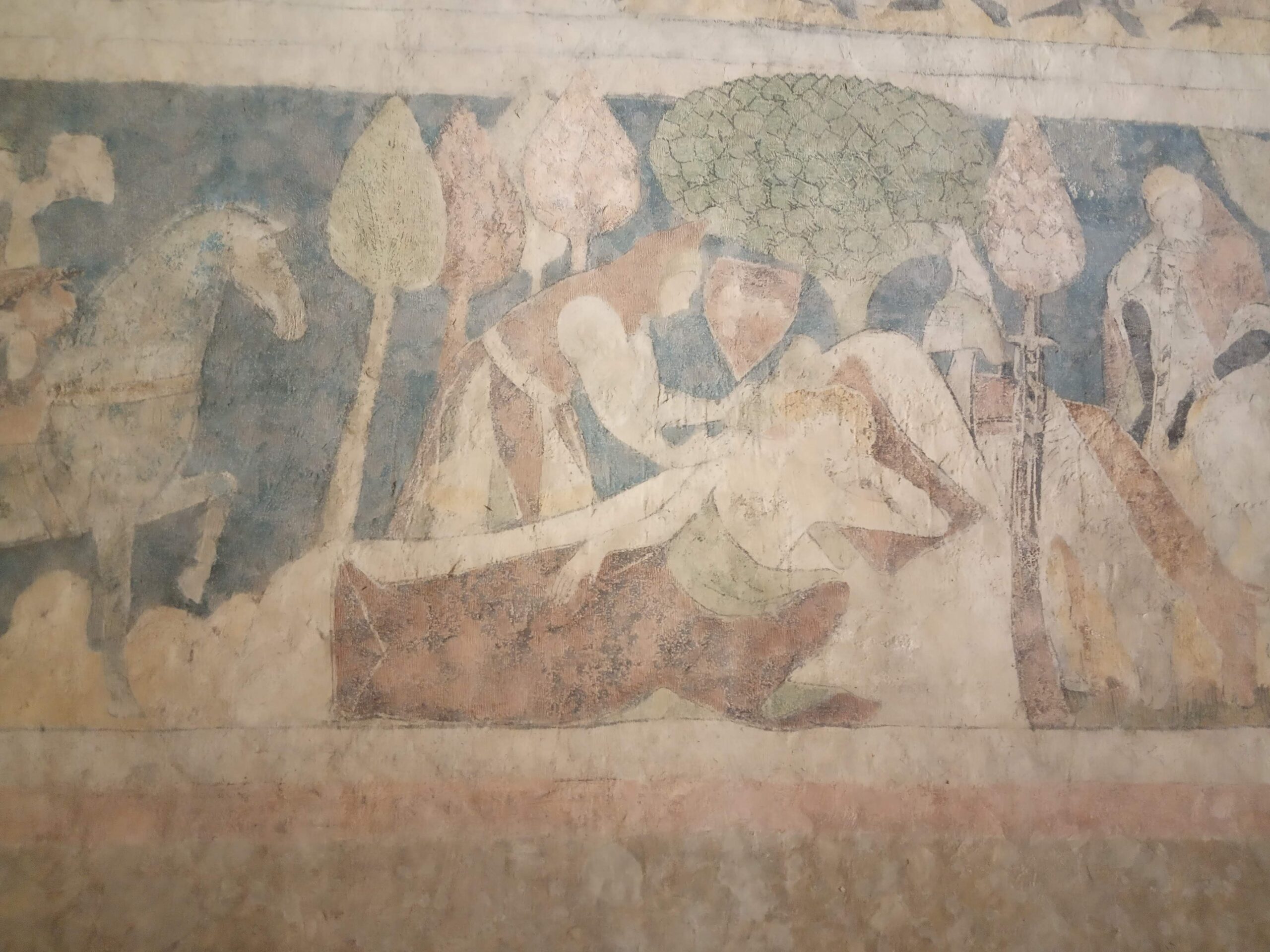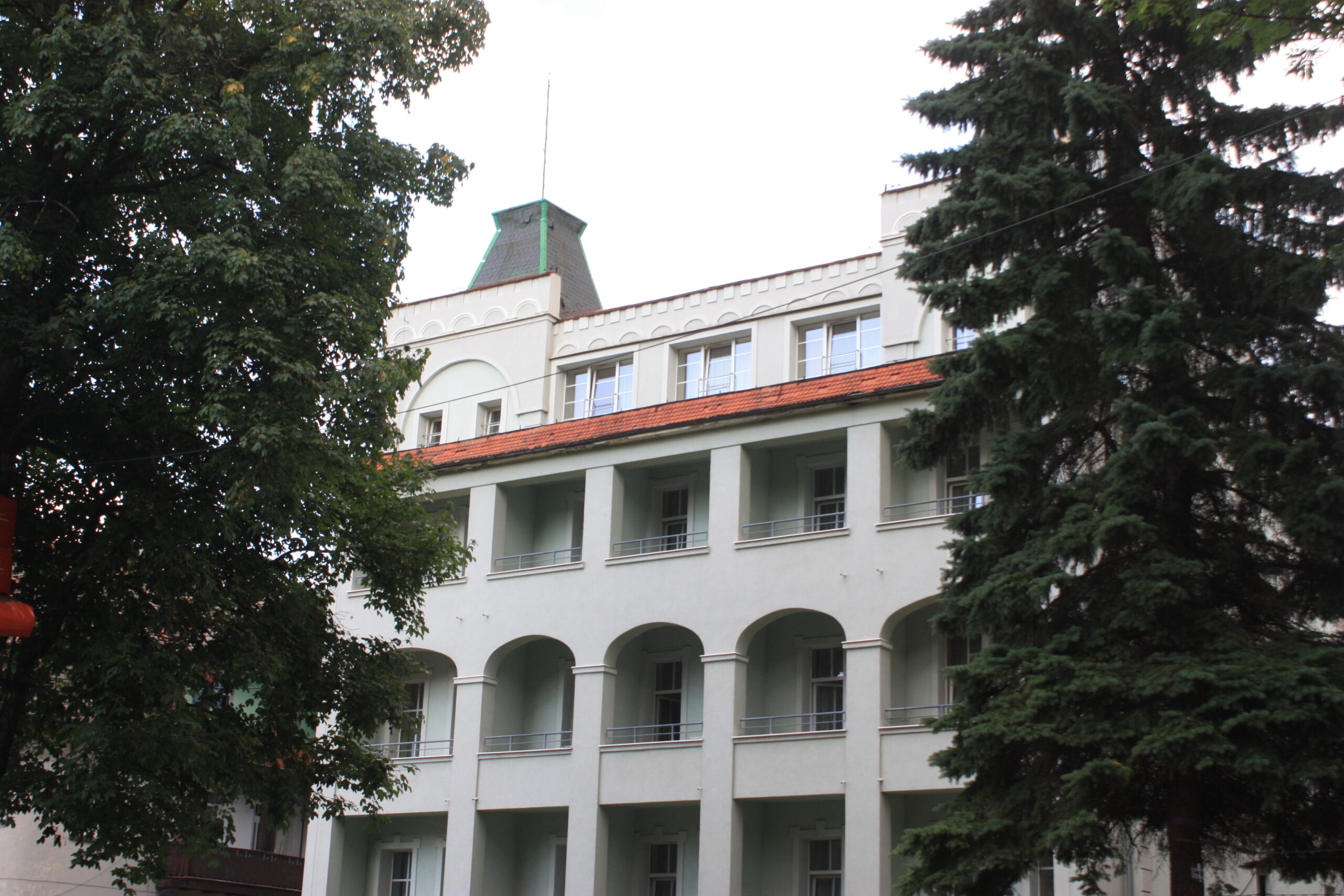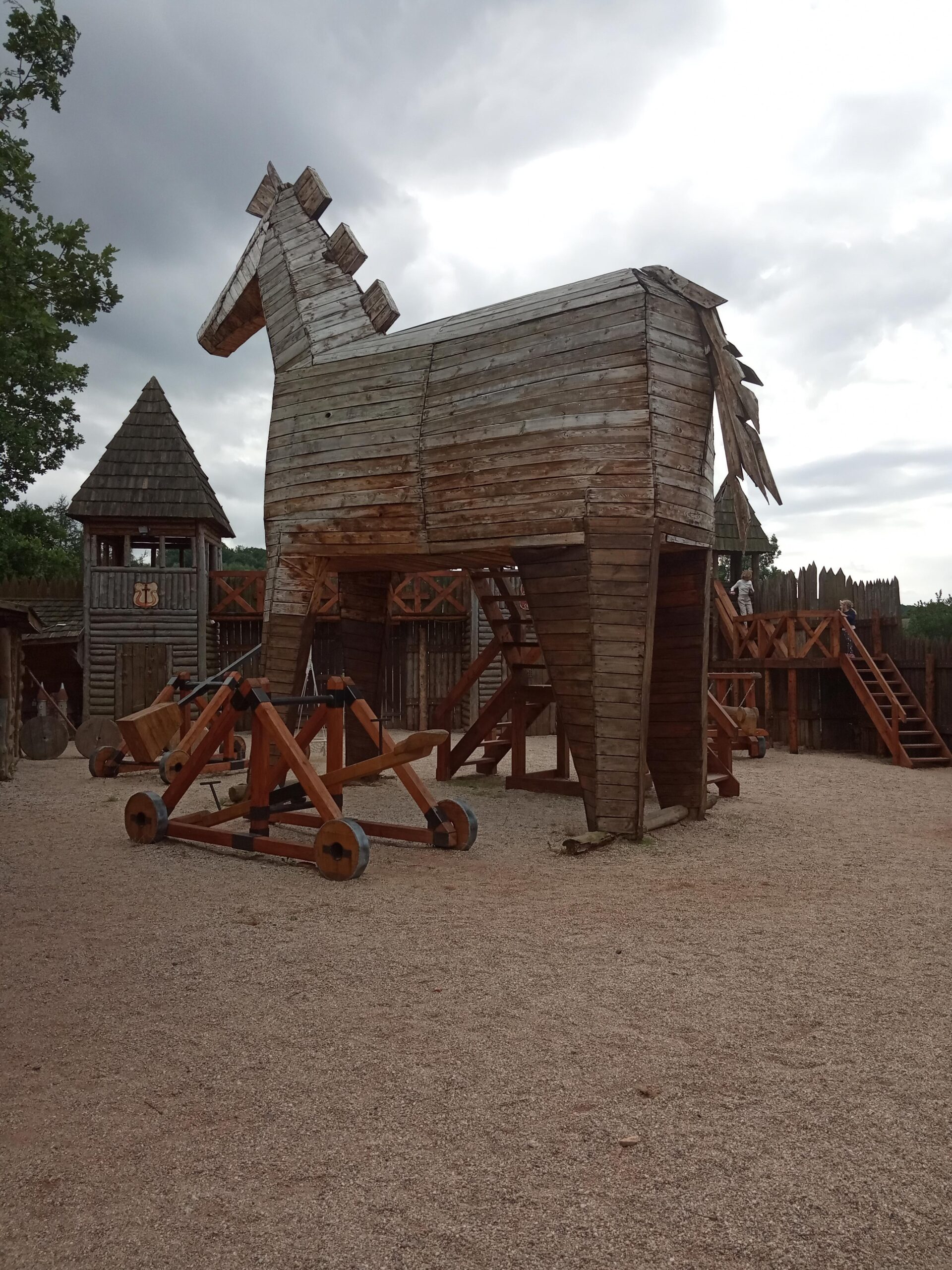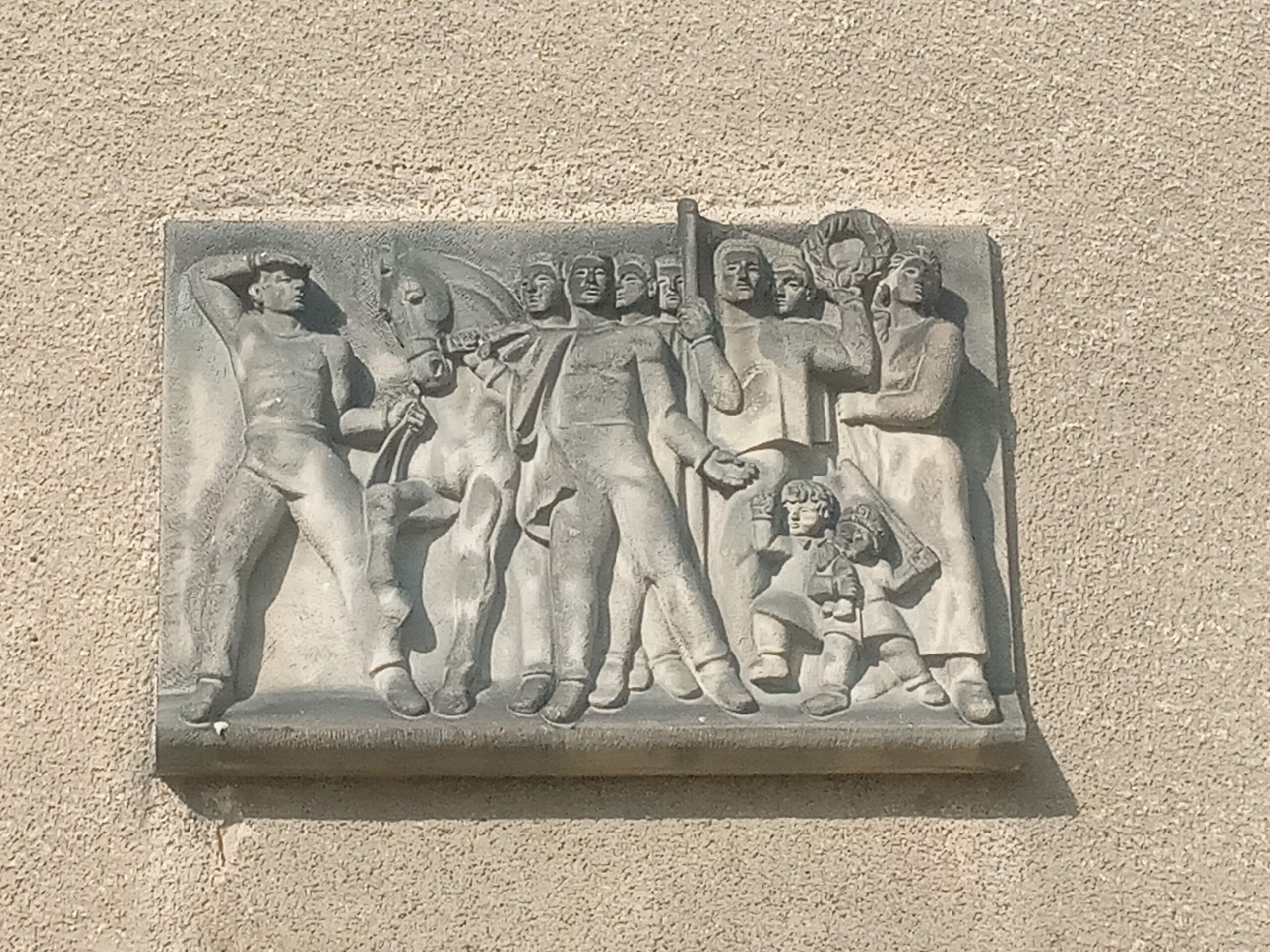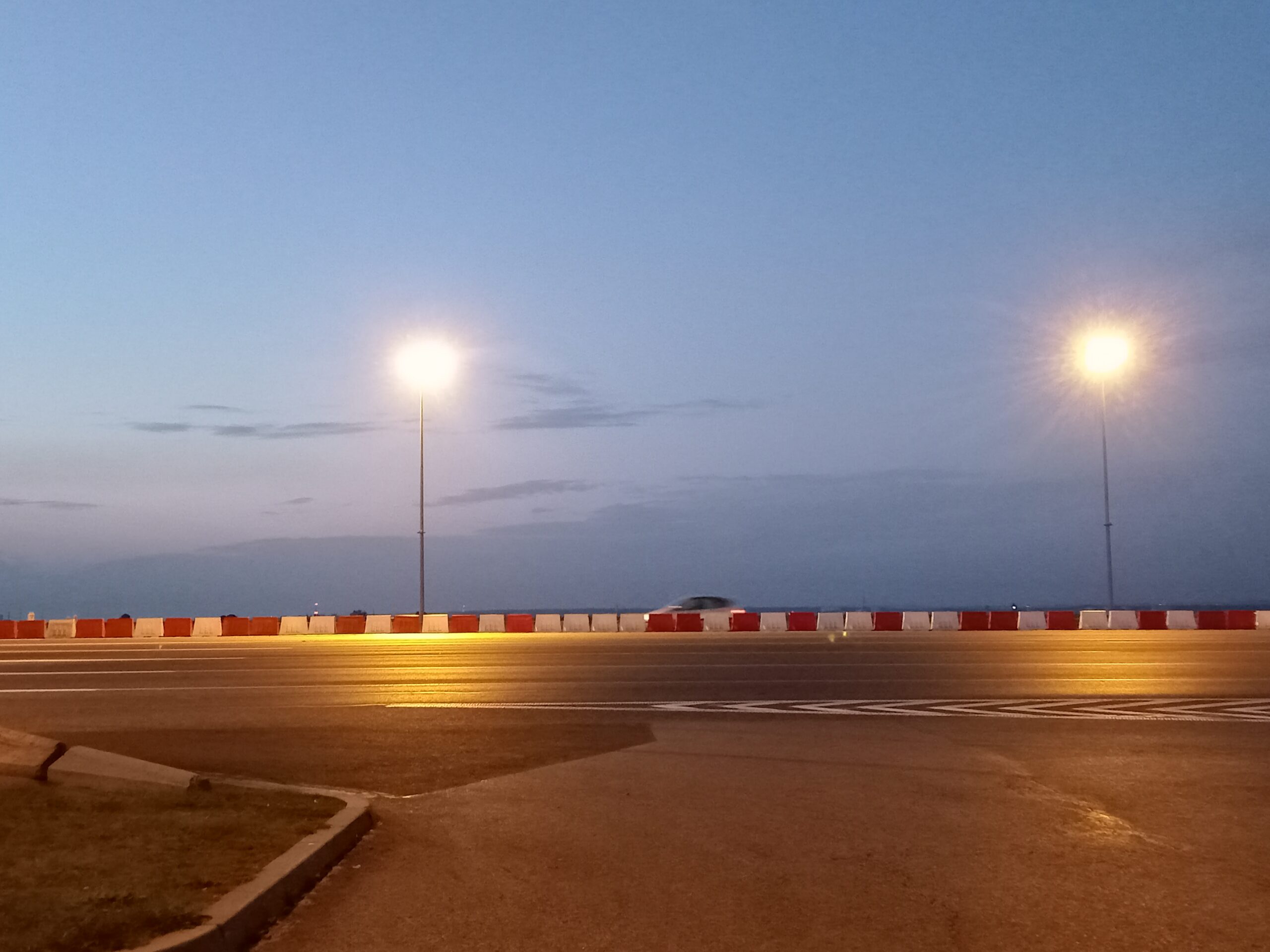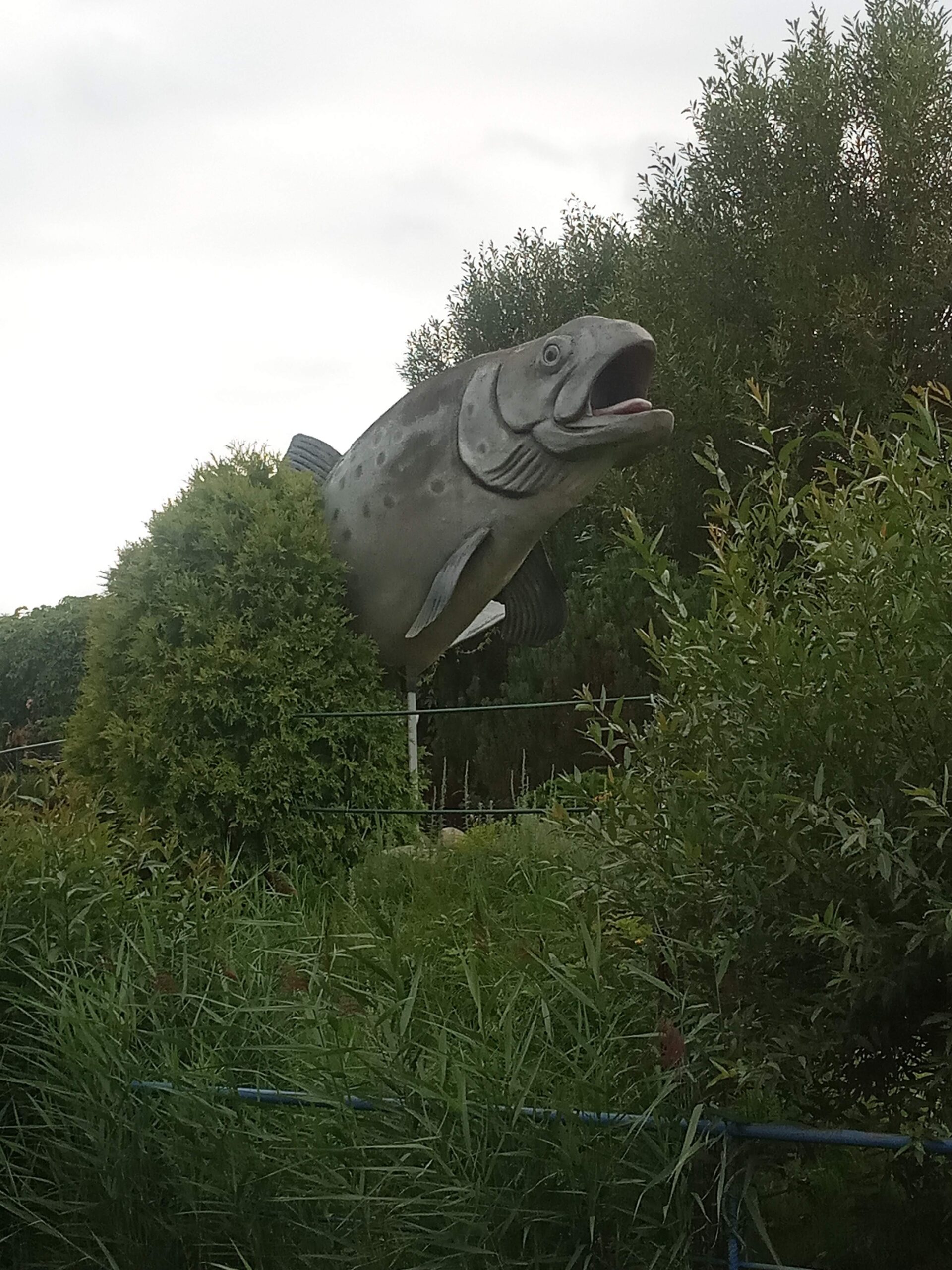
Unpromised Land - where the past is present in the space
After the end of WWII and with the change of the state borders, very many families were promised a new motherland, far from where they had originally lived. The war was over but the memory of undeserved suffering and everyday violence were very common and such they remained for decades to follow. Uncertainty and lack of control over one’s life marked more than one generation of forced migrants, who rarely managed to get rooted for good in their new homelands. The case focused on here deals with the abandonment of the lands of what used to be Eastern Poland before WWII and subsequently moving to what used to be Eastern German lands before WWII but became a part of Poland as a result of the Yalta and Potsdam treaties. Today, the memories of various pasts are still to be found on every step in the Western Lands (defined as such from the perspective of Poland) where their fragments mix and reconnect with one another, often in surprising, unexpected ways. As a result the space that contains and carries diverse records of the different pasts seems peculiar and inconsistent, without providing understandable guidelines for its interpretation. After WWII, the households in which the “re-patriants” were supposed to settle were mostly “post-German”. Before, they had been built and inhabited by other families, who were also forced to move to what they were promised as their new motherland. While the then new incomers to the Western Lands were not sure if they could actually get the sense of belonging to their new homeland, politicians announced that the lands were “regained”, many centuries after they had allegedly been taken away by some (German) enemies from Poland. The victory of historical justice was officially proclaimed, yet it was a false narrative coined for the use of communist propaganda. Still, all this did not make the situation with identity any clearer. Nowadays the space of Poland’s Western Lands is marked by numerous migrations, expulsions, repatriations. The space where the notion of both locality and homeland needs to be constantly reconstructed. A paradise for travellers seeking authentic sites as well as for those who wonder what “authentic” means. A kaleidoscope of sites, people and events which need to invent stories for themselves from scratch. The exhibition presents some sites from the land that once was promised to the people who had lived in Western Ukraine before WWII and after the war, with the change of borders, were supposed to settle down somewhere else. They did arrive, three generations ago. Many of them never called the place their own, but they had to start new lives far from homes, so they did. Today the place is being rediscovered. New ways of connecting the dots on the maps are sought. The promise now returns, with the stories of new and old migrants, but also with places that are as much surreal as they are real. The significance of the border between Germany and Poland has gained a new significance, positioning the Western Lands of Poland in the widening Europe.
The merry-go- round.
Some happy memories of the bygone days come back to the present times with innocent images. The machine, however, needs to be moved with the force of human muscles. Just like memory is a constant work of humans.
The fish
Following the accession to the EU, the region gained a big number of places where the local resources get re- appropriated for educational purposes. Some of the results are quite intriguing.
The tourist attraction
One of the most particular yet appropriate tourist attractions: the so called chapel of skulls is a place advertised for its creepy past, nowadays narrated mostly from the religious perspective.
The motel
Much of the chaos and ugliness is nowadays explained with the reasons of underdevelopment of communism. Crazy, flashy colours and unexpected décor is the usual part of tourist experience.
The tower
A hidden gem for lovers of medieval art: one of the two remaining secular frescoes ever found in this part of the world has probably survived due to being very well hidden among numerous palaces and castles so common in the Western Lands. The story of Sir Lancelot establishes a sense of continuity with the myths of Europe.
The spa
There are many sites and buildings which hold the memory of patients who would come to spas of the region. In what ways have their experiences been diverse?
The horse
Among many attempts to find suitable heritage for the disturbed lands, one may find efforts of quoting the universal, European stories, such as the one of the Troian horse: out of time, out of space, but always fascinating.
The struggle.
Different towns, villages and cities bear the memory of the past remembered as the domain of struggle. After all the plaques do not need exact explanations: the names may have changed thorough the centuries, but the figure and image of struggle remains unchanged.
The highway.
It is not known exactly where the borders of the “Western Lands” are, but the space has always been considered to be the transit one.



